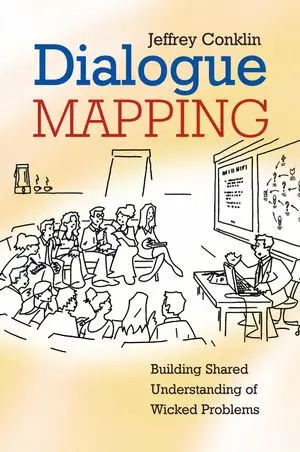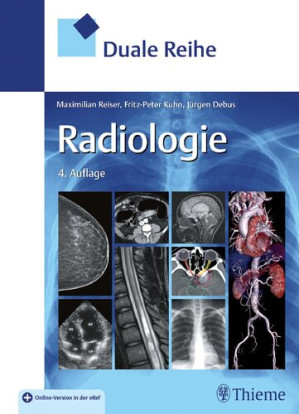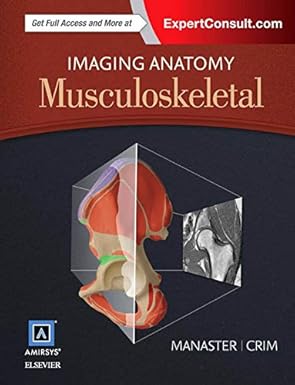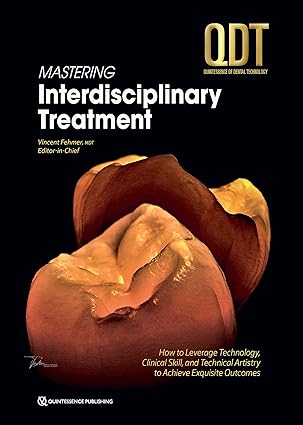دانلود کتاب Articulation and Phonology in Speech Sound Disorders: A Clinical Focus (6th Edition)[2020] - Original PDF
Author:
Jacqueline Bauman-Waengler
0 (0)
توضیحات کتاب :
Help students bridge the gap between the theoretical issues in speech-language pathology and their clinical application Articulation and Phonology in Speech Sounds Disorders illustrates what works in practice and explains why it works
سرچ در وردکت | سرچ در گودریدز | سرچ در اب بوکز | سرچ در آمازون | سرچ در گوگل بوک
1,887 بازدید 2 خرید
![Articulation and Phonology in Speech Sound Disorders: A Clinical Focus (6th Edition)[2020] - Original PDF Articulation and Phonology in Speech Sound Disorders: A Clinical Focus (6th Edition)[2020] - Original PDF](https://dl.libsan.ir/images/1/12/Articulation and Phonology in Speech Sound Disorders_5ec98619eae98.jpg)









